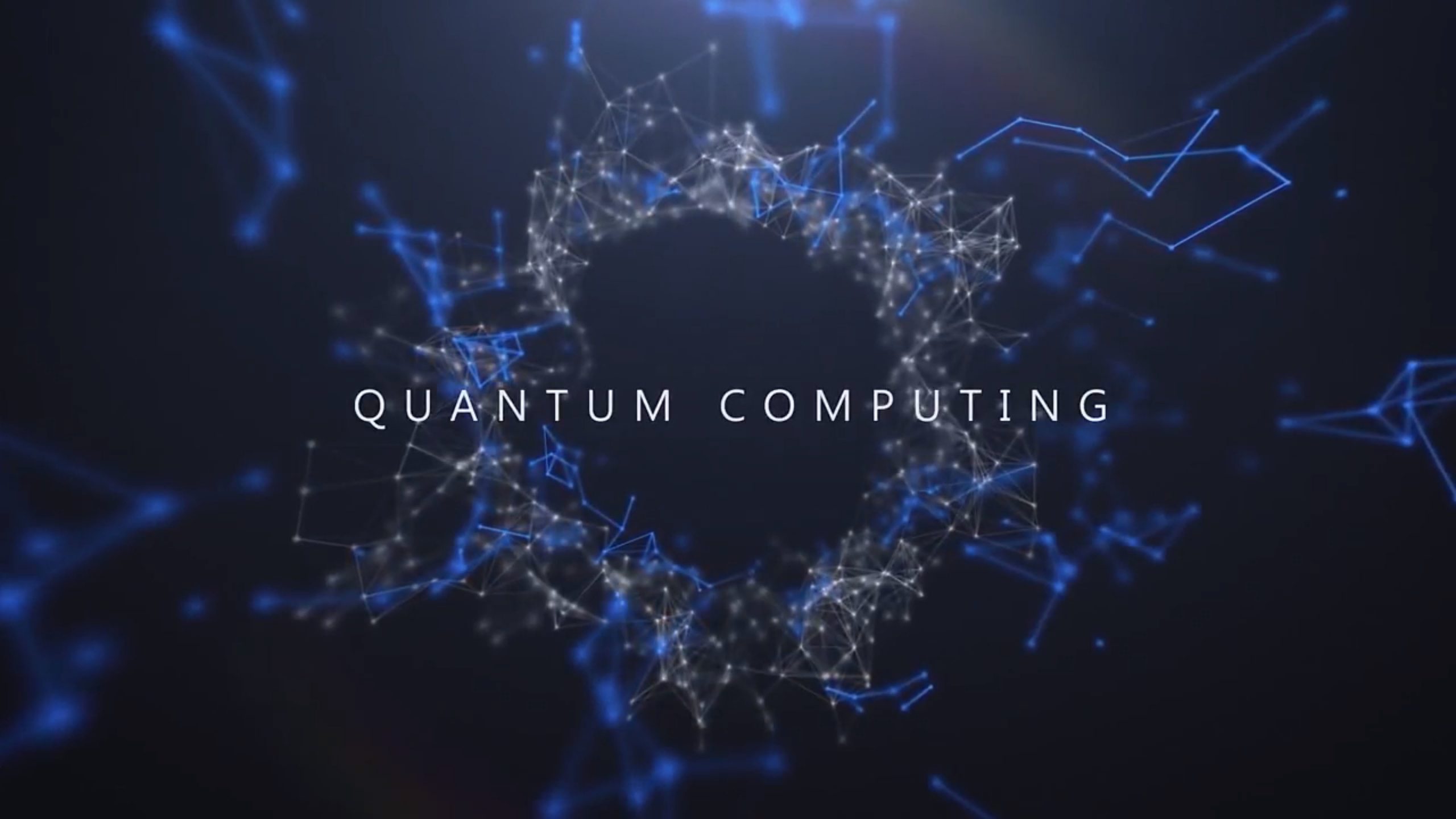In this post, I want to speak about quantum computing and some solution that fly. Quantum computing is a remarkable leap in the world of computing, comparable to the resounding impact of a breakthrough invention. Reports show that programmable quantum computers outperform the most powerful conventional/classical computers; this in itself can be considered a milestone.
Regular computers run logical operations, which are usually binary based on the definite position of a physical state. This means that its operations are based on one of two definite positions; on or off, 1 or 0 – a bit (a single state).
Quantum computers, on the other hand, instead of performing calculations based on just 1s or 0s, make calculations based on the probability of an object’s state before it is measured or detected.
This approach to computing uses the quantum state (undetected attributes of an object before they have been measured or detected) to explore huge possibilities and arrive at solutions to problems by manipulating quantum effects such as superposition and interference.
These operations carried out by quantum computers which utilize the quantum state of an object produce what is known as a qubit.
Qubit! Sounds cool, doesn’t it?
A qubit (quantum bit) is the mechanical equivalent of regular computers. Interestingly, qubits can achieve a mixed state or a “superposition,” in this state at the same time they are both zero and one. The ability is crucial to the strength of quantum computing.
The nucleus of an atom, for example, is a kind of qubit. The direction of its “spin” or magnetic moment can point differently with respect to a magnetic field.
Other demonstrations of superposition can be seen in a coin spinning through the air before it lands on the ground and the flowing loop of current in superconducting metal.
Setting up Quantum Computers
Let’s look at it this way!
Have you ever balanced a coin on its edge? I’m sure we all have. This is what programming or manipulating a qubit looks like. It involves placing a qubit such that it ends up “balanced” or “spinning” in-between states.
To build a functional quantum computer requires placing an object in a mixed or superposition state long enough to carry out various manipulations and processes on them.
Little niggles to quantum computing
- Decoherence: This occurs when a qubit loses its mixed state and becomes an old drab classical bit. This happens once a superposition meets with materials that are part of a measuring system.
This challenge of decoherence can be tackled from various angles by different processes such as the use of robust quantum processes or to find better ways to detect errors.
The success achieved by such processes gives devices the ability to shield quantum states from decoherence while still making them easy to read.
Quantum Computing in Everyday Life
- Cyber-security: Research work is currently going on, for example, at the National Institute of Standards and Technology, to build models incorporated with quantum-resistant algorithms that would produce hard-to-break security codes.
- Financial Models: It is not surprising that financial powerhouses like JPMorgan Chase, among others, have entered into a partnership to leverage quantum computing. A closer look at financial and quantum models reveal many similarities in terms of their structure.
A group of researchers recently said, “the whole financial market can be modeled into a quantum process. The covariance matrix, and all of the quantities that are important to finance, emerge naturally.”
By harnessing quantum’s potential, you would be able to gauge the probability of various outcomes in financial markets and their associated risks. This would help drive better financial decisions.
Investments
Quantum computing truly represents the future for players in the financial sector, from investors to research analysts, traders who buy, and those on the sell-side.
- Durable Batteries: On the strength of Quantum Computing’s potential to simulate quantum mechanics, the automobile industry has seen the need to tap into such technology to produce better batteries. Daimler AG, the parent company of Mercedes-Benz, declared partnerships with quantum computing giants, Google and IBM, in 2018. With this kind of partnership, the manufacture of improved batteries for electric vehicles could increase the adoption and use of these vehicles, reducing the demand for fossil-fueled vehicles.
- Cleaner Fertilization: Nitrogen and its by-products are implicated as some of the causes of the enhanced greenhouse effect, which plays a prominent role today in global warming and climate change.
Most industrialized nations in battling to cater for their fertilizer needs depend on the Haber process. The so-called Haber process involves the transformation of nitrogen into ammonia under intense heat and pressure to make fertilizer.
Though a revolutionary discovery at the time, it consumes a lot of energy accounts for a sizeable percent of greenhouse emissions. It is a known fact that certain bacteria can also perform this process. Naturally, we simply lack knowledge of the intricacies of this process, and hence it cannot be leveraged.
Simulation
With a capable quantum computer, this process can be figured out; with this knowledge, energy can be conserved. Researchers from Microsoft in 2017 successfully isolated the cofactor molecule needed for simulation of the process mentioned above. With the quantum software reaching an adequate qubit count and noise stabilization, the simulation will be successful.
- Drug Discovery and Development: Quantum mechanics’ unique ability to simulate molecules demonstrates the remarkable potential for the discovery of new and effective drugs for diseases like Alzheimer’s, cancer, and Parkinson’s. A notable company exploring the capacity of quantum computing’s in drug discovery is Massachusetts based Biogen.
- Weather Forecasting and Climate Change: Powerful supercomputers are used to model high-resolution weather forecasts. With climate change here to stay, you must have noticed that accurate numerical weather forecasts have increasingly become difficult.
At one point or another, we have had our share of an off-the-mark meteorologist. Ray Johnson, an independent editor at Rigetti Computing, has given indications that quantum computing’s method of simultaneous calculation stands a good chance of succeeding in “analyzing the very complex system of variables that is the weather.”
In a nutshell!
Quantum computing is an approach to computing with operations that are better suited and positioned to problem-solving than conventional computing in our world today.




